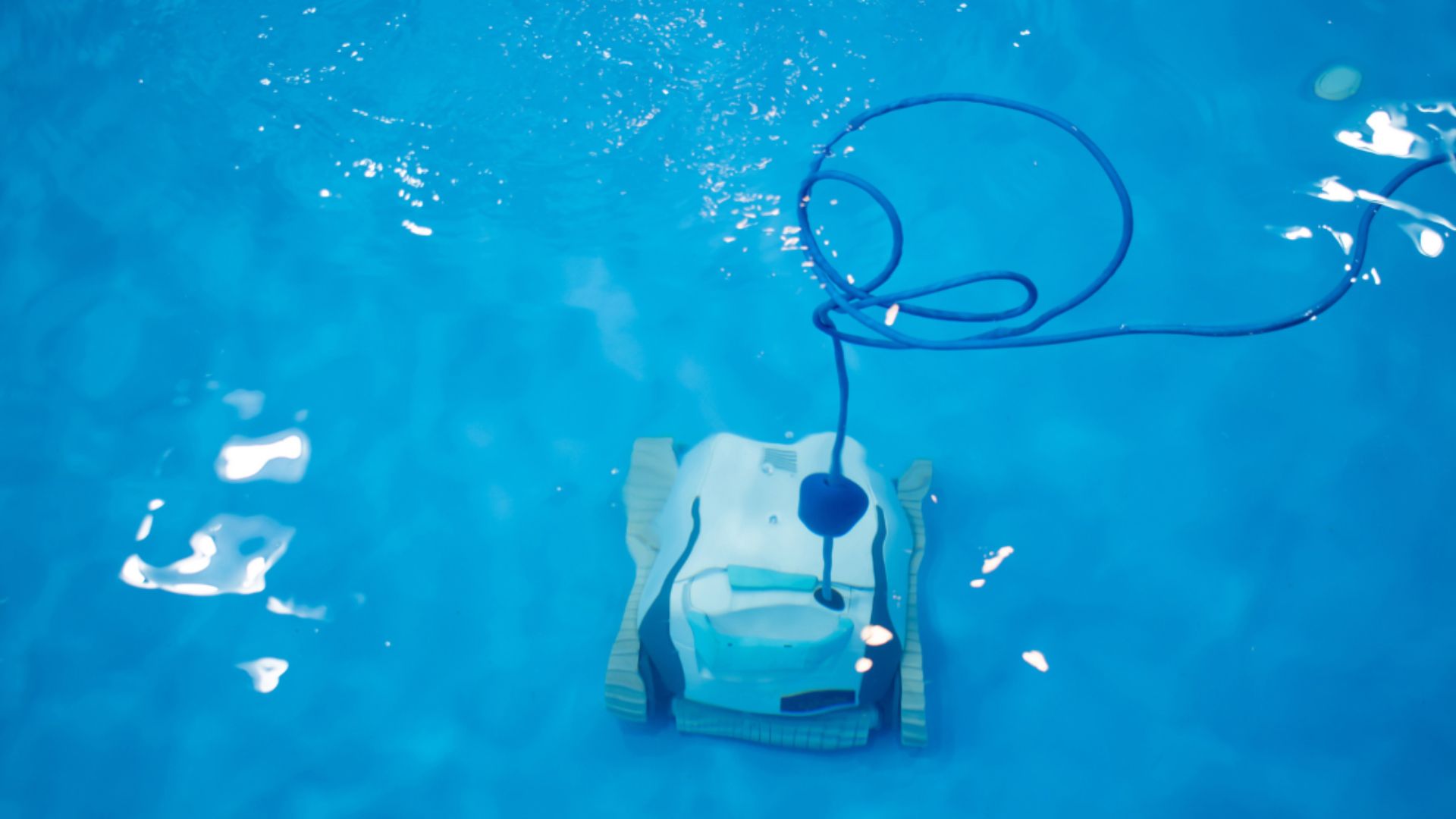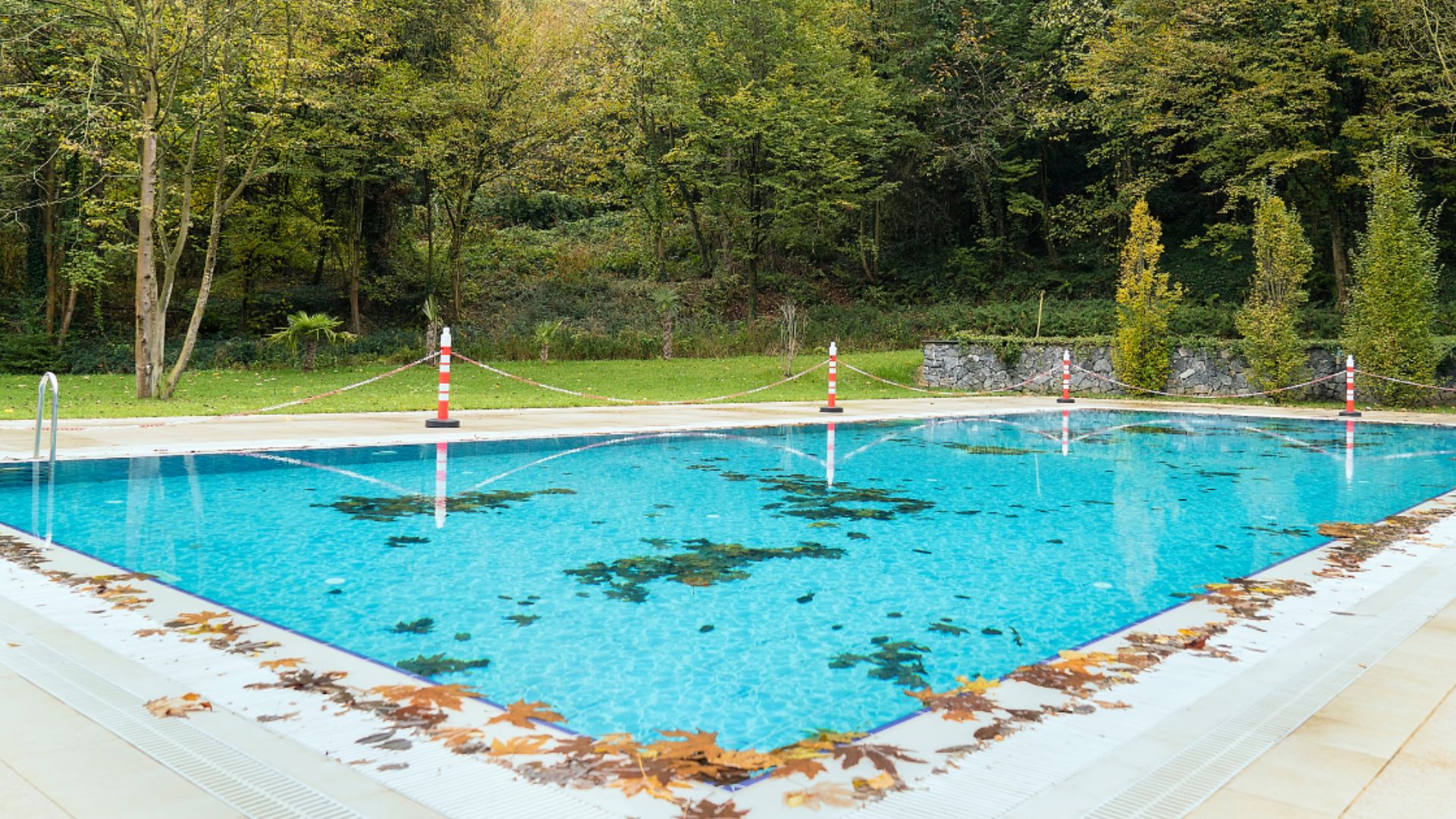Step-by-Step Guide on How to Identify Pool Stains and Removal
Posted by Michael Hervas on Jun 24, 2024
Maintaining a pristine pool can be difficult, especially when those ugly stains appear. Swimming pool stains will not only make your pool look bad but can also indicate underlying issues. If left untreated, it may cause more problems, like damage to the pool surface or an imbalanced water chemistry. This guide will help you on how to identify pool stains and learn the types of stains and possible ways to remove them so your pool stays nice and clean all year long.
The Steps for Identifying Pool Stains
Inspecting the Stain
Begin by examining the stain closely, taking note of the color, texture, and location of the stain. Swimming pool stains can come from different causes - leaves, metals, and water chemistry. Initially, you need to figure out the type of stain, as each stain has distinct characteristics:
- Organic Stains - This is caused by organic debris like leaves, algae, or insects. The color is usually green, brown, or blue-green.
- Metal Stains - The color of this type of stain will vary depending on the metals causing it: reddish-brown for iron (rust), blue-green for copper, and black for manganese. These stains are on metal fixtures or near areas with poor water circulation.
- Calcium Stains - These stains are chalky deposits that form when there is a high level of calcium (calcium hardness) in your pool water. It’s white or grayish deposits which can either be calcium carbonate or calcium silicate and is usually found on the surface of the waterline.

Testing for Organic Stains
Chlorine can determine if stains are organic. Put the chlorine tablet directly on the stain and leave it for a few minutes. Stains that lighten and disappear with chlorine are organic.
Testing for Metal/Rust Stains
Vitamin C (ascorbic acid) tablets can determine metal stains. Just put the tablet into the stain for a few minutes, and if it lightens or disappears, it is most likely a metal stain or rust stain. Just identify through the color as mentioned above.
Testing for Calcium Stains
Muriatic acid is used to determine the type of calcium stain. Apply some drops of muriatic acid to the stain. If the stain fizzes, it is likely to be calcium carbonate. On the other hand, a calcium silicate stain will not react to muriatic acid.
Removing Pool Stains
Once you have done that vital step to identify pool stains, you can now proceed with removing the stains.
For organic stain removal, you will need the following materials:
- Pool Vacuum
- Shock Chlorine
- Pool Brush
- Pool Algaecide
Begin by brushing the stained area in the swimming pool to loosen any debris. Then, add a high dose of shock chlorine to the water. Always check the manufacturer's instructions for the correct dose, depending on your water volume. Add a pool algaecide to help prevent the organic stains from recurring. Lastly, get rid of any remaining debris with a pool vacuum.
If you are dealing with metal stains, you will need the following materials for removal:
- Ascorbic acid (vitamin C powder)
- Metal sequestrant
- Pool brush
- Pool Vacuum
- pH increaser (optional)
First, make sure the pH of your pool is slightly low, around 7.2, to help dissolve the metal stains. Then, sprinkle the ascorbic acid onto the stain and let it sit for a few minutes. Proceed with scrubbing the stain with your pool brush. Once the stain is removed, put a metal sequestrant into the pool to keep metals from staining in the future. In case the pH has dropped very low, a pH increaser is needed to bring it to its normal range of 7.4 to 7.6. Lastly, remove any residue with a pool vacuum.
When dealing with rust stains, you will need the following:
- Oxalic acid (stain remover)
- Pool brush
- pH increaser (optional)
- Pool Vacuum
Like metal stains, you need to lower the pH to 7.2 first. Then, sprinkle oxalic acid on the stain and leave it for a few minutes. Brush the area with a pool scrub. If the pH becomes too low, use a pH increaser to restore it to normal levels. Finally, remove the residues with a pool vacuum.

For calcium stains, these are needed:
- Vinegar or muriatic acid
- Pumice stone or scale remover
- Pool brush
- When dealing with a calcium carbonate stain, apply a diluted solution of vinegar or muriatic acid and follow up with a pool brush. If it is a calcium silicate stain, you will need to use a pumice stone or commercial scale remover for the hard-to-remove stains.
How to Prevent Pool Stains
Knowing how to prevent swimming pool stains is as vital as knowing how to identify pool stains. It is always better to prevent problems than to fix them later. Here are the things that you can do:
- Regular cleaning with a pool brush and swimming pool vacuum can keep your swimming pool free of debris, which is the number one cause of stains.
- Always check your water chemistry, and keep the pool alkalinity and chlorine levels balanced most of the time.
- Use a pool cover, as this keeps debris from falling into the swimming pool.
- Regular shock treatments can kill algae and organic matter.
- Keep metal objects out to prevent rust stains.
- Use a metal sequestrant if your water source has a high metal content.
- Check your pool filtration system to ensure it is functioning properly. Schedule regular cleanings and backwash the filter to prevent debris buildup.
- Pay attention to the tiles and grout lines of your swimming pool. Immediately remove any buildup with a tile cleaner and pool brush.
- Check your environment. The trees, plants, and nearby structures that may contribute to debris or metal deposits in your swimming pool must be properly maintained. Trim the tree branches, remove falling leaves, and clean the gutters as needed.
- Keep a detailed record of your pool maintenance. These records should include water chemistry levels, cleaning schedules, and treatments applied to the pool. This will help you identify patterns and guide you on how to address future issues.

How to Troubleshoot Persistent Stains
When you encounter stubborn stains that are resistant to the standard treatments stated above, here are some of the things that you can do:
- Identify your water source: Some water sources have high levels of metal or calcium that you might need to use a pre-filter or water softener.
- Professional water test: Let a professional test and identify all underlying issues.
- Seek professional help: Only pool professionals can help with persistent stains. They provide assessment and specialized treatment.
Proper care and vigilance are required to maintain a stain-free pool. Your knowledge of how to identify pool stains, together with an understanding of the different types of stains and their causes is essential for every swimming pool owner. It allows you to implement effective strategies to prevent and remove them. Regular maintenance, combined with the right tools and techniques, ensures your pool will remain beautiful for years, providing enjoyment for your family.
